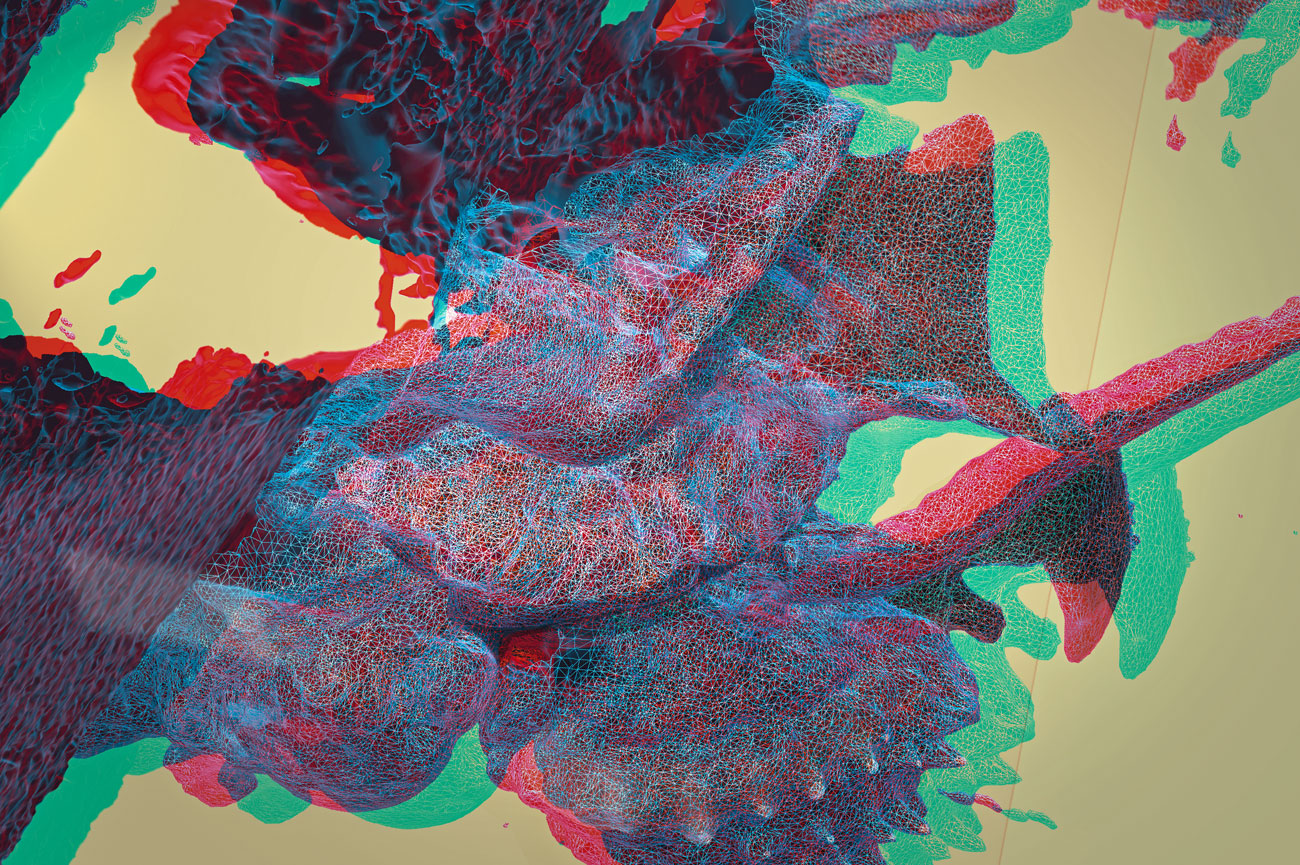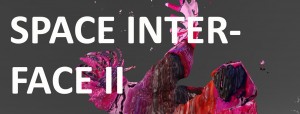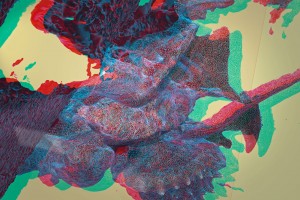SPACE INTERFACE II
2-10 September 2016
Space Interface II is a collaborative exhibition between Eberhard Kranemann and Mathew Emmett who synthesise hybrid space through mixed reality performance. Kranemann and Emmett act cooperatively to create a multi-level immersive environment in which the performers and audience are encouraged to simultaneously occupy multiple points on the mixed reality continuum.
Eberhard Kranemann is an innovator in audiovisual art. Having previously worked with artists such as Joseph Beuys, Brian Eno and David Bowie, his collaborative practice continues to be an important test-bed for the origination of experimentation. He is also known for co-founding electronic music bands such as Kraftwerk, Neu! Pissoff, and later assumed the pseudonym Fritz Muller.
Dr Mathew Emmett is Associate Professor (Senior Lecturer) in 3D Design at Plymouth University. An artist and architect specializing in site-responsive installation, sound and interdisciplinary research in situated cognition, he trained at the Bartlett, Architectural Association and studied under Karlheinz Stockhausen. He has since performed at the TATE, exhibited internationally, and continued collaboration with dance choreographer Adam Benjamin with projects in Japan, Perception Lab, Germany and the architectural theorist Charles Jencks.
As artistic research, Space Interface synthesises a motivational mechanism (constructivism) to enhance the instructional development of the ‘cognitive apprenticeship role’ of the performers, who act cooperatively to acculturate the audience’s perception of physical space. Space Interface creates a multi-level immersive environment in which the performers and audience are encouraged to simultaneously occupy multiple points on the mixed reality continuum.
Space Interface combines theories from ‘intentional niche construction’ (Odling-Smee et al. 2003), with biasing theories from ‘perceptual control theory’ (Powers, 2008) to originate an interactional territory that activates a higher dimensional reality as a cumulative effect of combining live performance, with interactive sound (3-axis accelerometer, PD and OSC), a computer-generated simulated environment (animated 3D scans), stereoscopic images and 3D digitally printed structures.
In addition to exhibiting the original Space Interface works previously shown at Weithorn Galerie, Dusseldorf (2015), at KARST Kranemann and Emmett will include new and complementary works that address the themes and discourse of their ongoing collaboration, resynchronising the boundaries of art and science.



